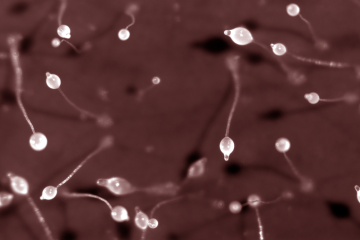PhD Studentship
Development of a non-animal model for characterizing drug-resistant tumours

At a glance
Completed
Award date
September 2012 - April 2015
Grant amount
£90,000
Principal investigator
Professor Catherine Pears
Co-investigator(s)
Institute
University of Oxford
R
- Replacement
Read the abstract
View the grant profile on GtR
